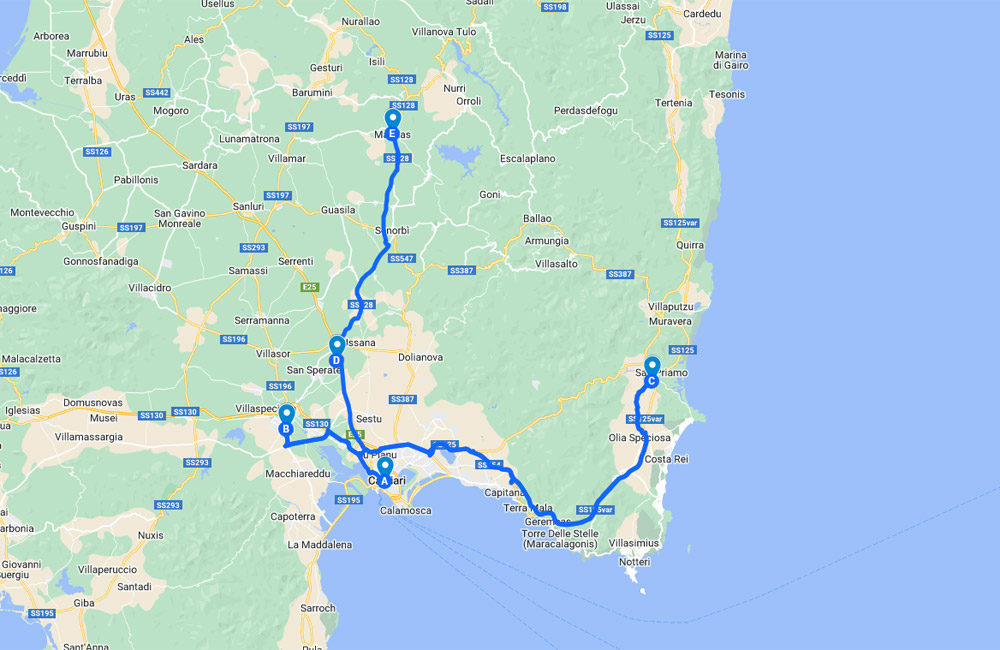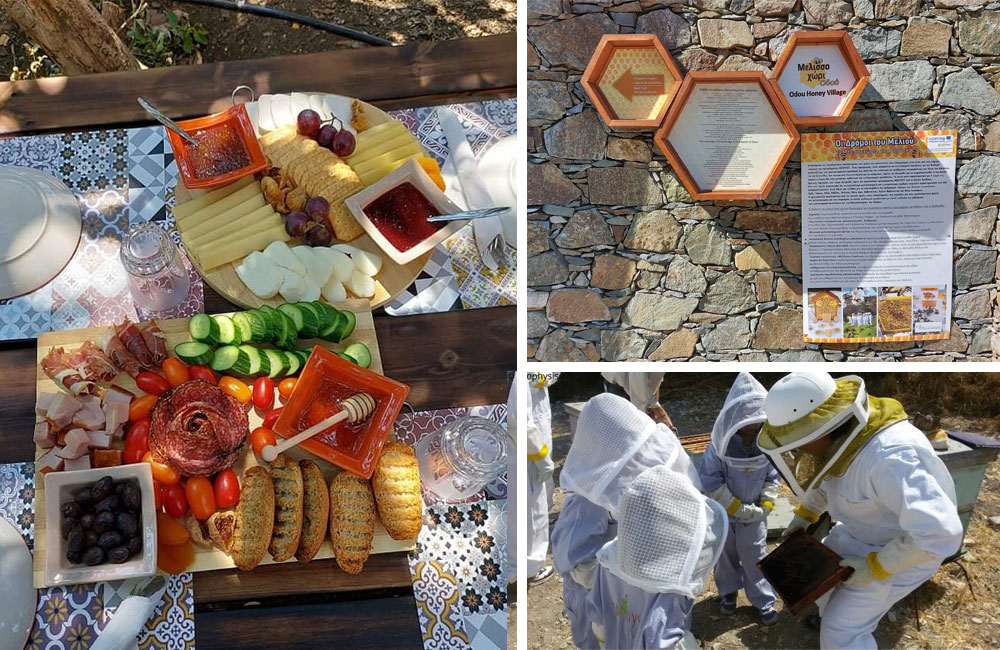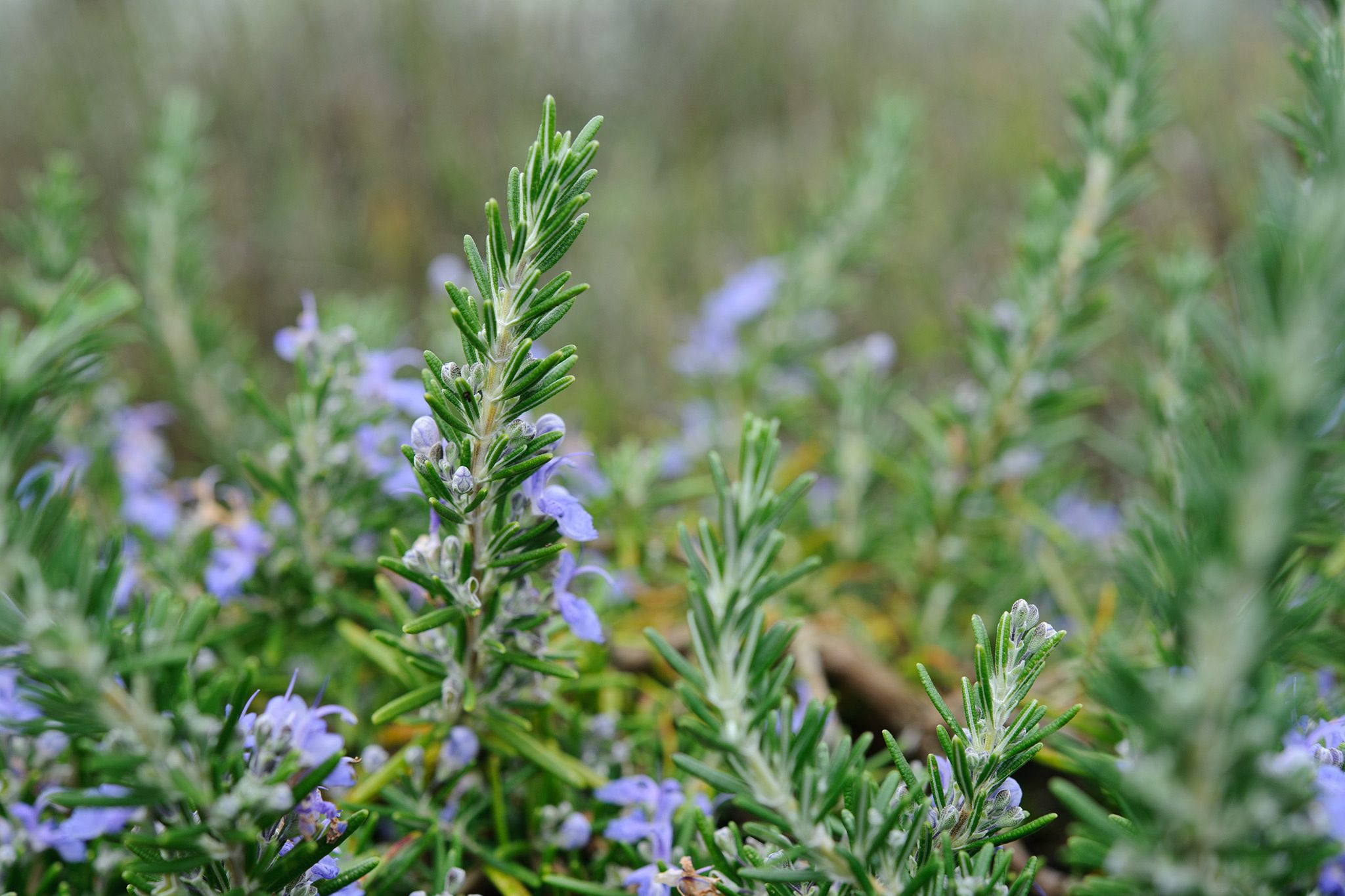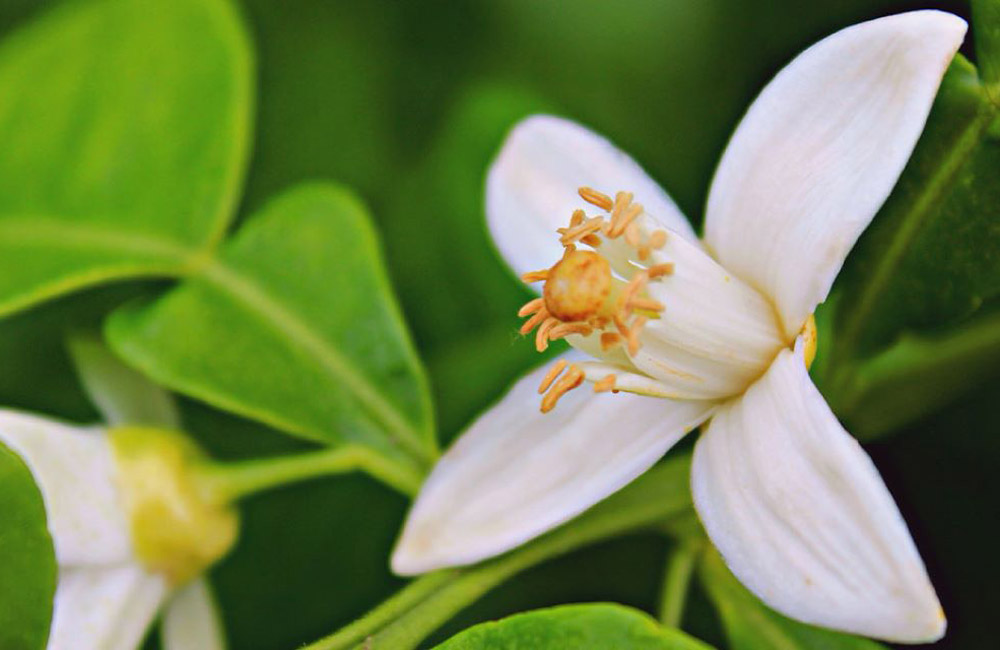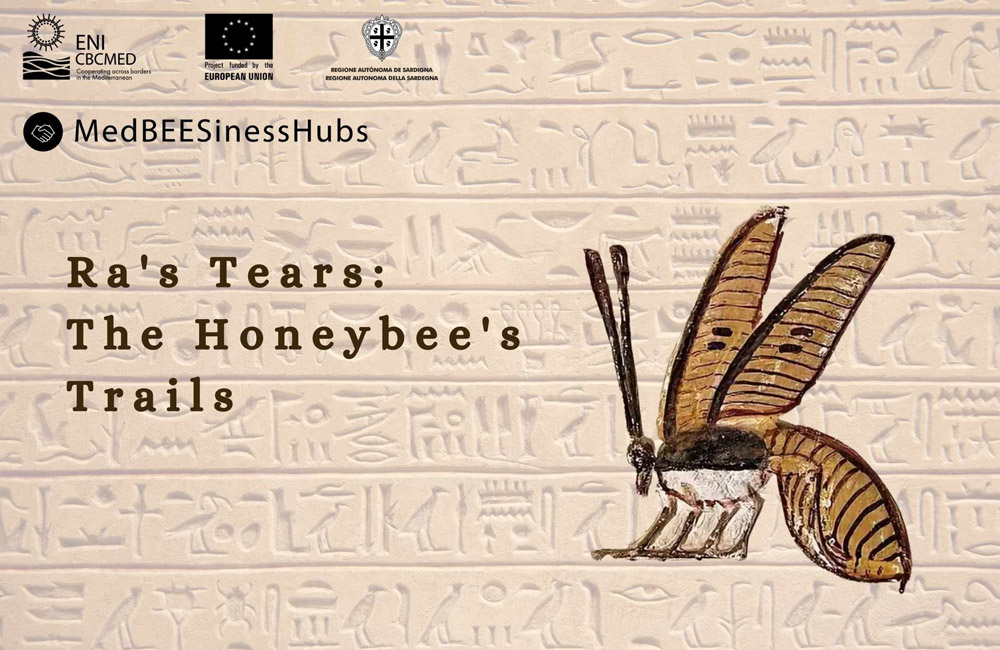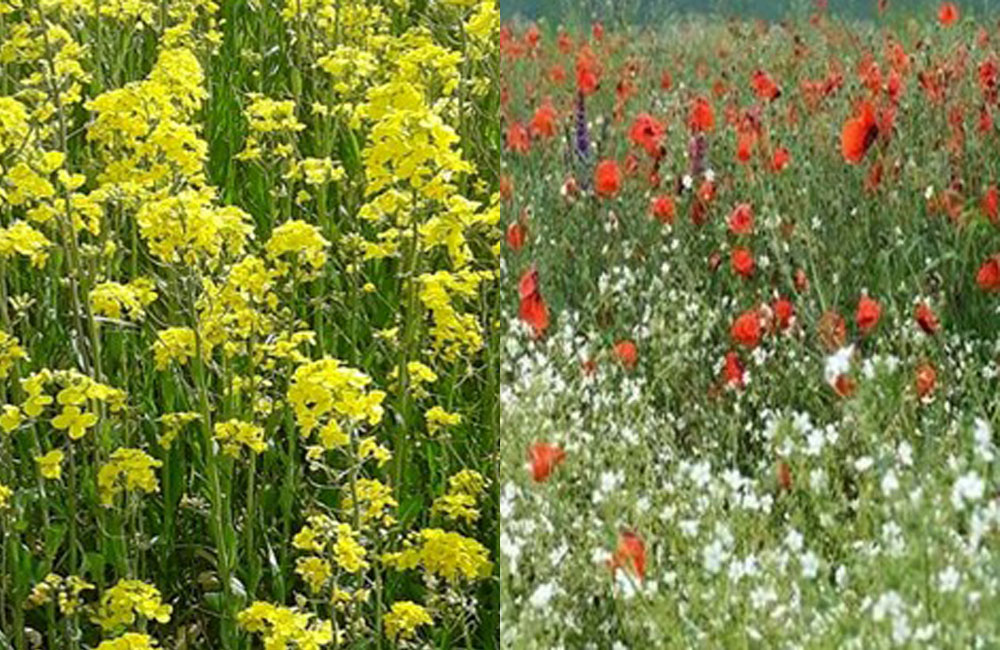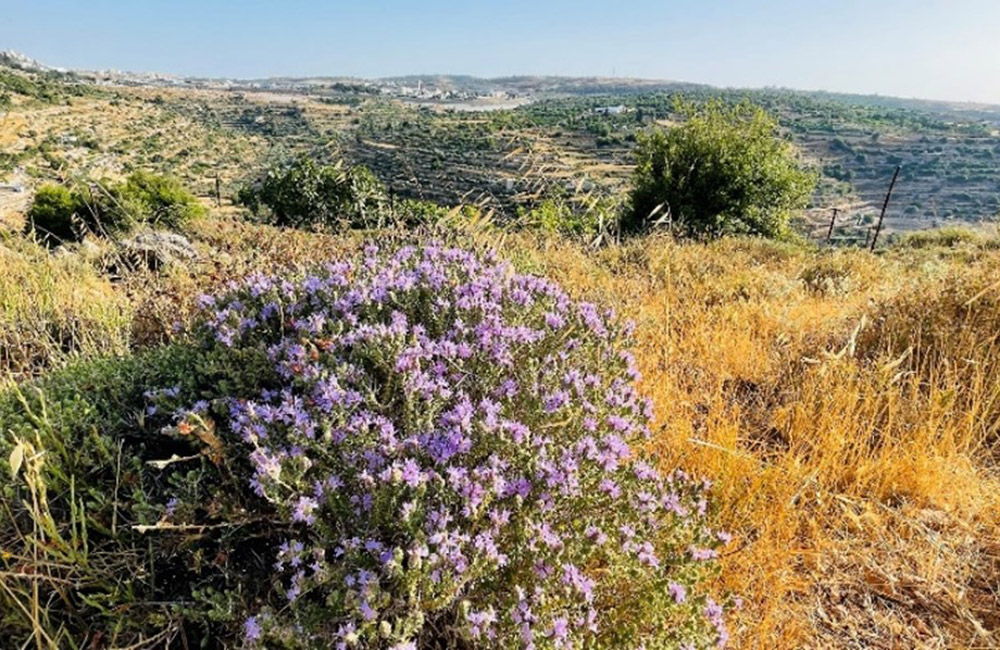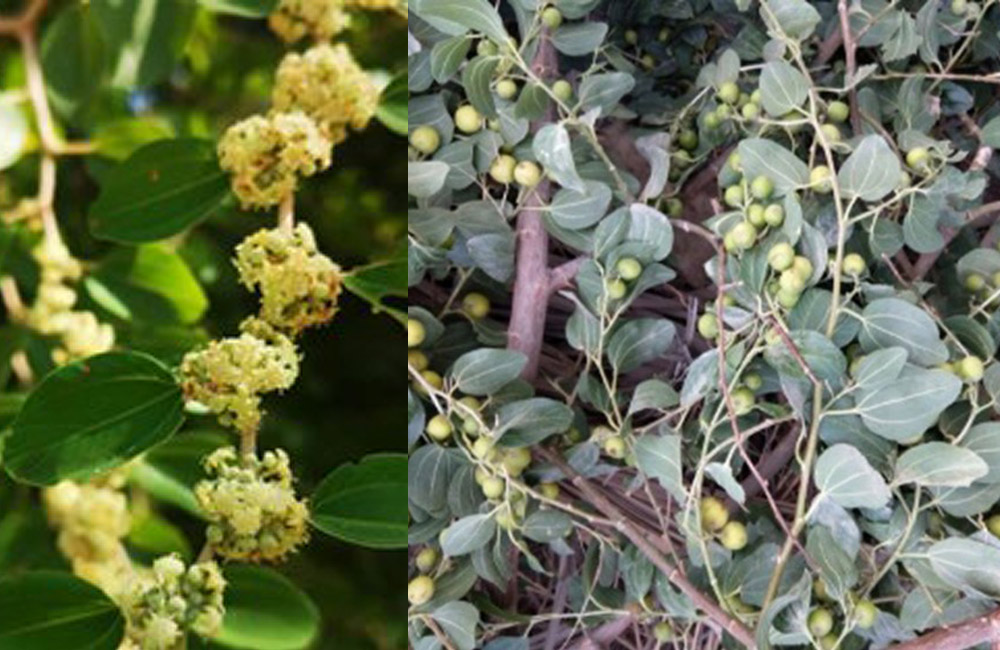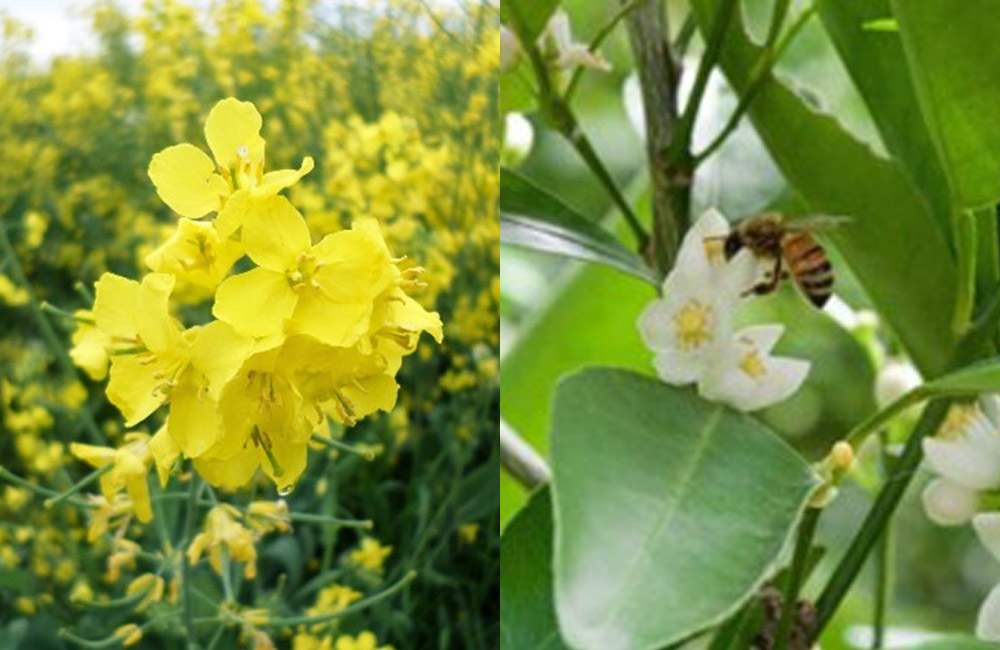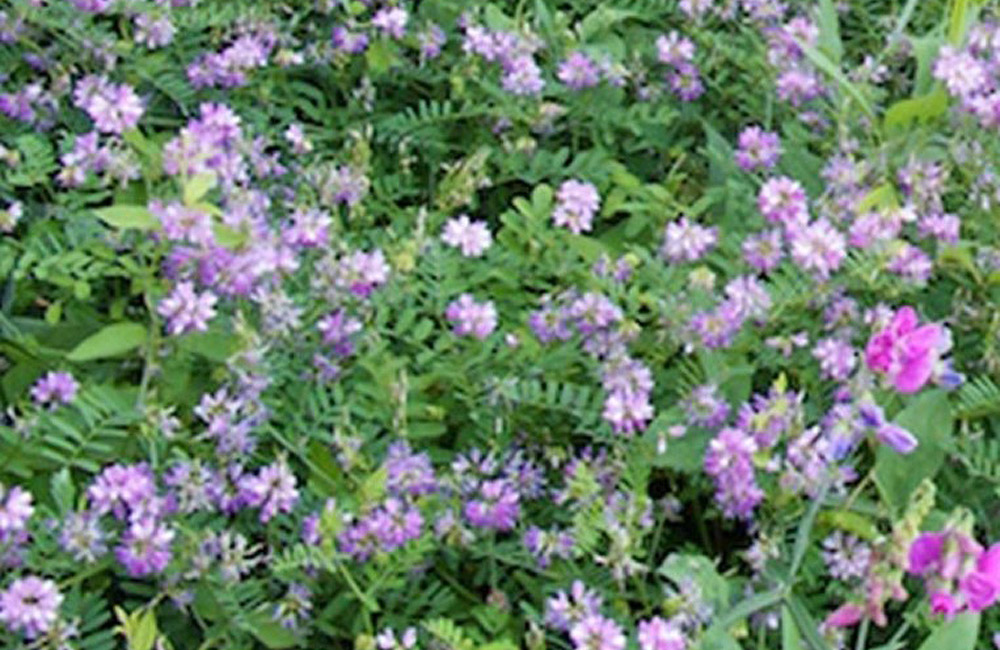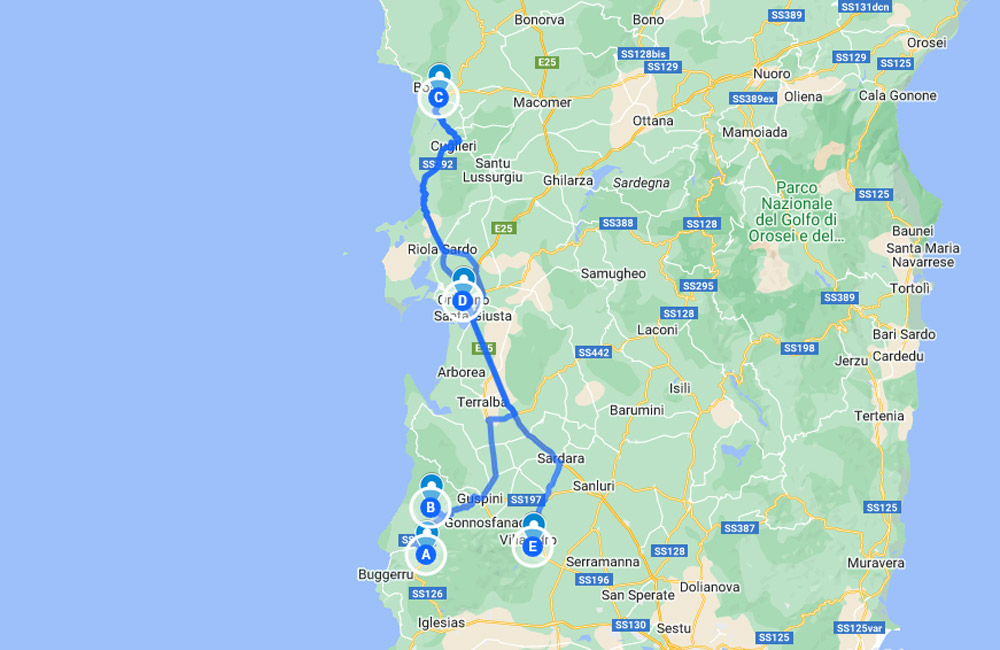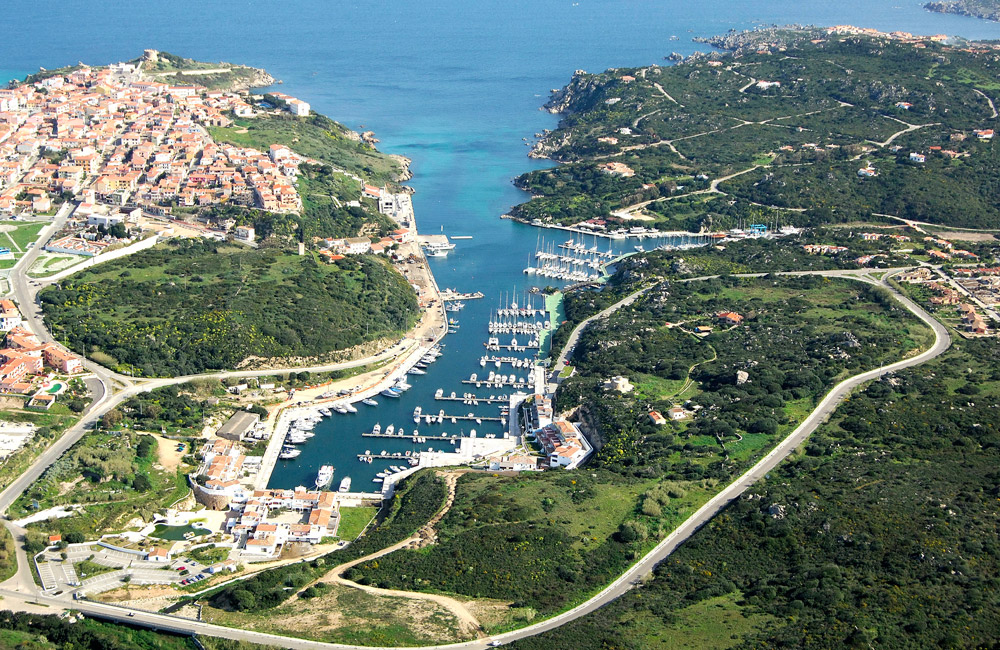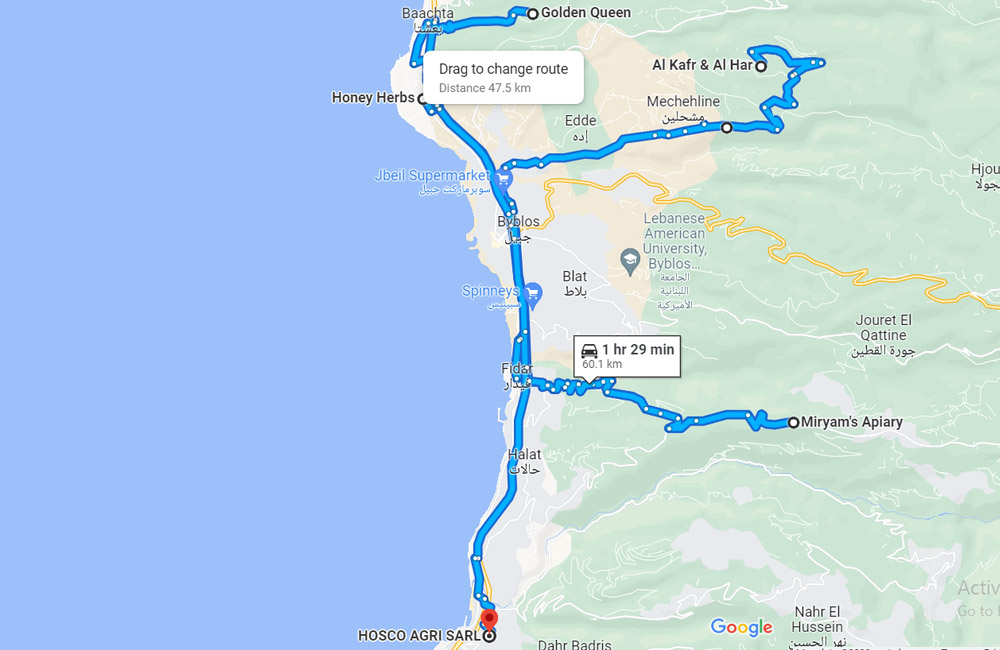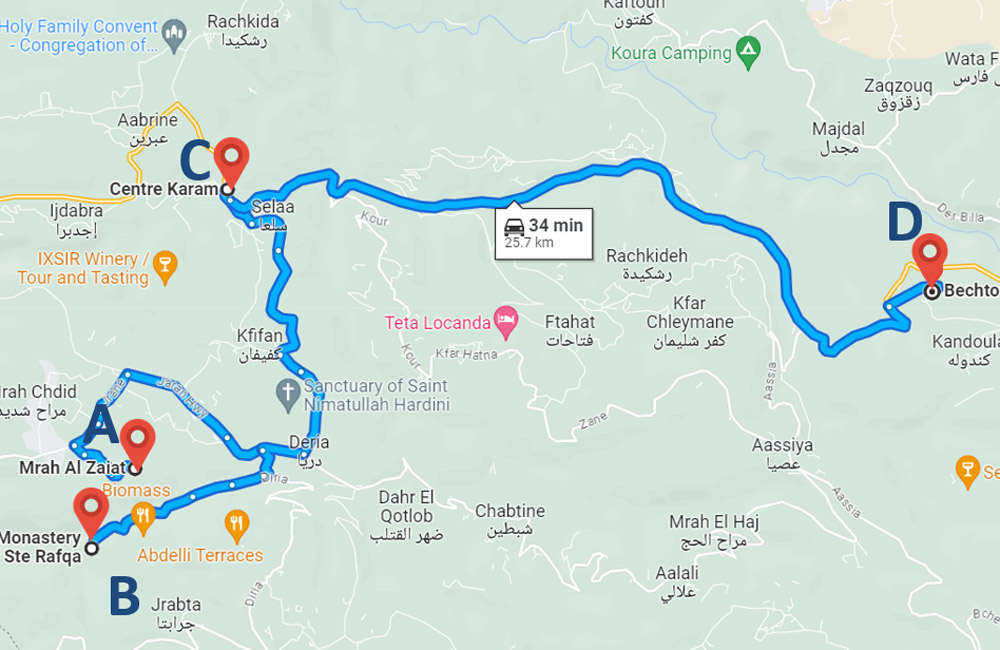The area around Cagliari is a treasure trove of biodiversity, with a variety of habitats ranging from hills to coastlines. This diversity creates an ideal environment for beekeeping, offering bees a wide range of flowers and plants from which to collect nectar.
The first step on our journey to discover the world of bees and beekeeping takes us to the Luigi Cocco Museum in Cagliari
A place that houses a precious relic related to this fascinating theme: the statuette of Aristaeus, the god of bees.
The Luigi Cocco Museum, located in the heart of Cagliari, is a true oasis of knowledge and culture. Here, visitors have the opportunity to immerse themselves in the history and traditions of beekeeping, uncovering the ancient roots of this practice. But what makes this visit even more captivating is the presence of the statuette of Aristaeus.
Aristaeus, in Greek mythology, is considered the protector of bees and beekeeping. He was known for his deep connection to these insects and was invoked to ensure prosperity for beehives and an abundant honey harvest. The statuette of Aristaeus in the Luigi Cocco Museum is tangible evidence of this millennia-old connection between humanity and bees.
As visitors explore the museum and admire the statuette of Aristaeus, they can gain a better understanding of the importance of bees in ancient cultures and how these creatures have always been considered essential for agriculture and honey production. The museum visit offers a unique perspective on the history of beekeeping, from its origins to the present day.
But this is just the first step on our journey to discover the world of bees. After learning about the significance of Aristaeus and his role in protecting bees, we will venture further into the surrounding territory to explore local apiaries and gain a better understanding of the process of producing the high-quality honey for which this region is renowned. Stay with us to learn even more about this fascinating connection between humans and bees.
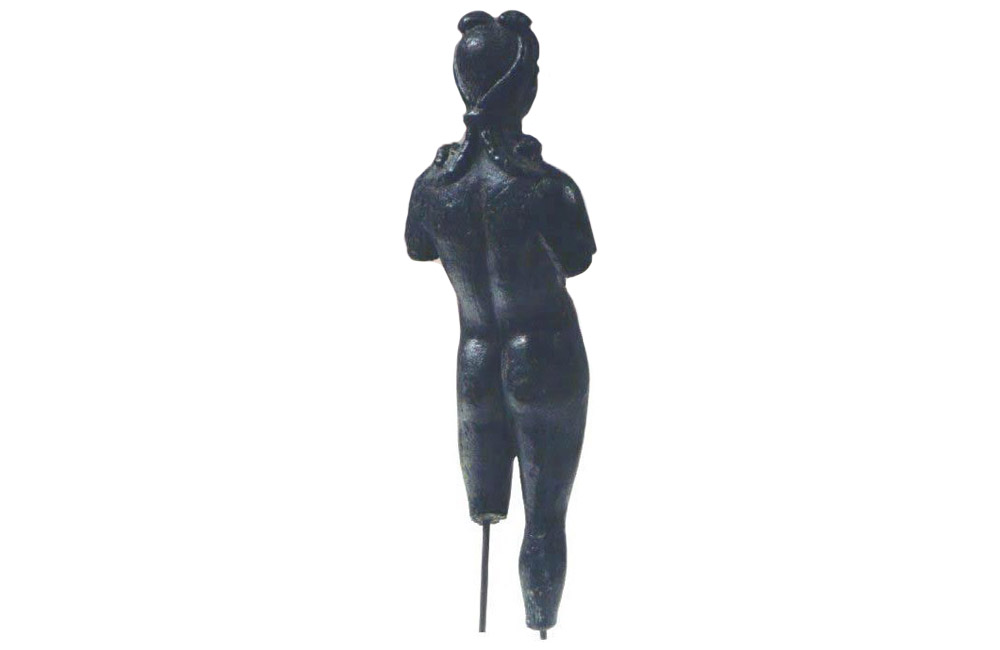
The second step is the 'Miele Monte Arcosu' company.
This is a family-run business and has been producing honey with passion and dedication for years. The honey is packaged near Uta in the province of Cagliari and is collected in the vicinity of Monte Arcosu and surrounding areas. This mountain is known for the value of its vegetation and fauna. The relief is part of a larger mountain area, part of which constitutes the WWF nature reserve of Monte Arcosu. The area is covered with holm oak and cork oak forests, which with their extension represent the most extensive maquis formation in the Mediterranean basin.
The name 'Apicoltura Monte Arcosu' derives from the location where the beehives destined for production have been set up since the beginning of the activity. Even today in these places the bees find precious sources of uncontaminated water and abundant blossoms of arbutus, heather, wild lavender, asphodel, cistus, myrtle and other essences that make the harvesting of honey possible.
With the passage of time, the demand for honey from other flowers has increased, and for this reason, with the practice of nomadism, every year I move some of my bees to the plains where honey from eucalyptus, thistle and citrus fruits can be harvested better.
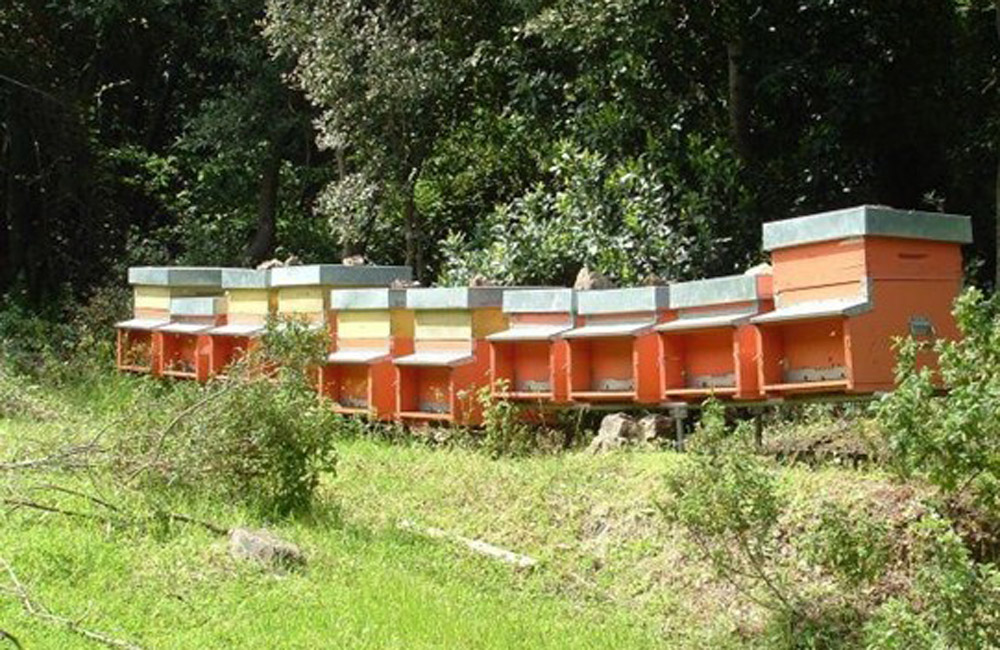
The third step is visit Apicoltura Bellosi.
Apicoltura Bellosi is a family-owned and operated organic farm located in San Priamo, Sarrabus, southeastern Sardinia, an area of ancient beekeeping traditions. The granite massif of the "Sette Fratelli" with its pristine forests, the Mediterranean scrub hills, and the fertile plains of the Tyrrhenian coast, constitute the production area where, during the year, our hives are moved following the succession of blooms. Thus, different types of honey are obtained in terms of color, flavor, and properties, as well as pollen, wax, royal jelly and propolis.
Here is the Route Point on Google Maps
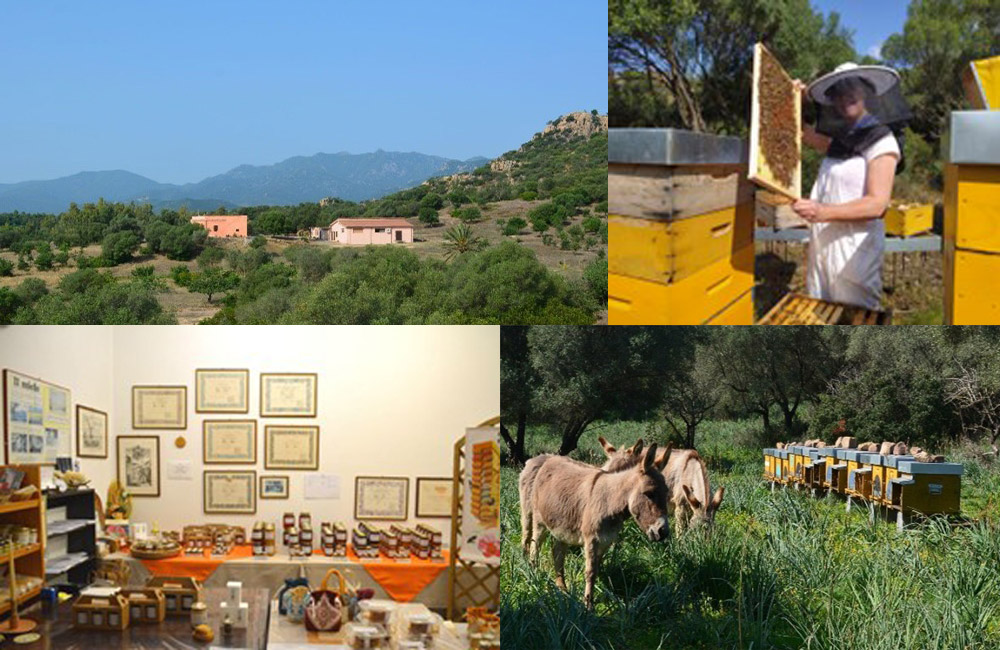
In the quaint countryside of Monastir, a town rich in history in southern Sardinia, is the micro-farm "Ape Tata"
Which is the brainchild of Maria Annunziata Deiana, known as Tata, a friendly beekeeper, eco-friendly cook, and horticulturist. You can participate in events and educational workshops on the world of bees and rural culture, taste agricultural products and typical Sardinian cuisine and its famous Seadas. Ape Tata will guide you on a unique and original journey to rediscover our rural roots and traditional Sardinian beekeeping, monuments, artifacts, and customs of the past. The village of Monastir will result unforgettable!
Here is the Route Point on Google Maps
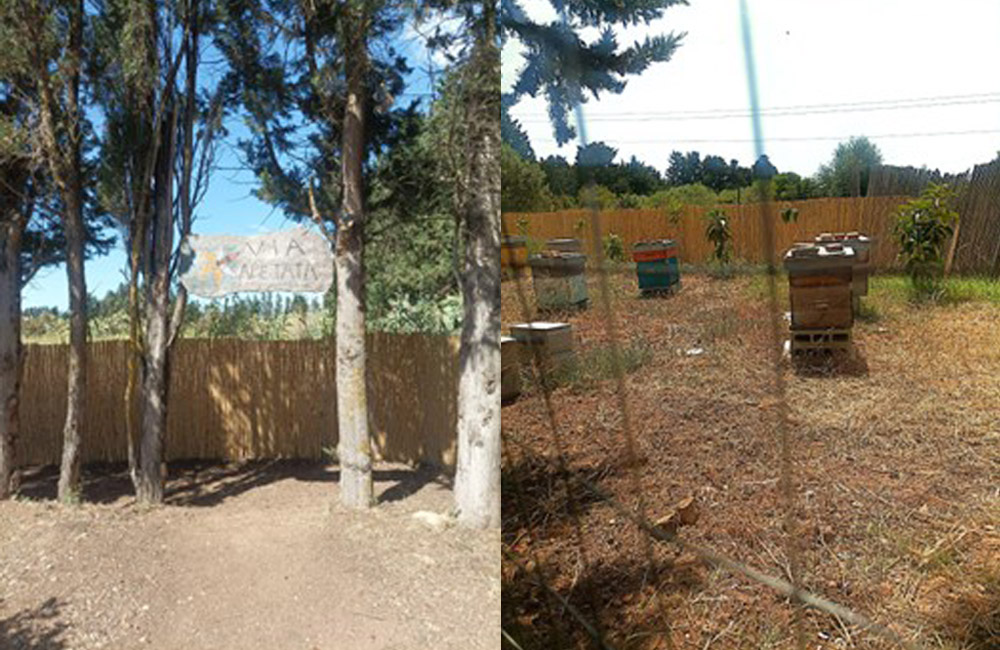
Pisano Stefano company
It produces honey of various blooms, beeswax, and pollen. It offers the possibility for end consumers to adopt hives remotely; this allows the customer to have a quality, genuine product and, above all, be involved in the honey production process and in the care and well-being of the bees. The customer will work in coordination with the beekeeper by experiencing firsthand the step-by-step production of their product and the care of their bees.
Here is the Route Point on Google Maps
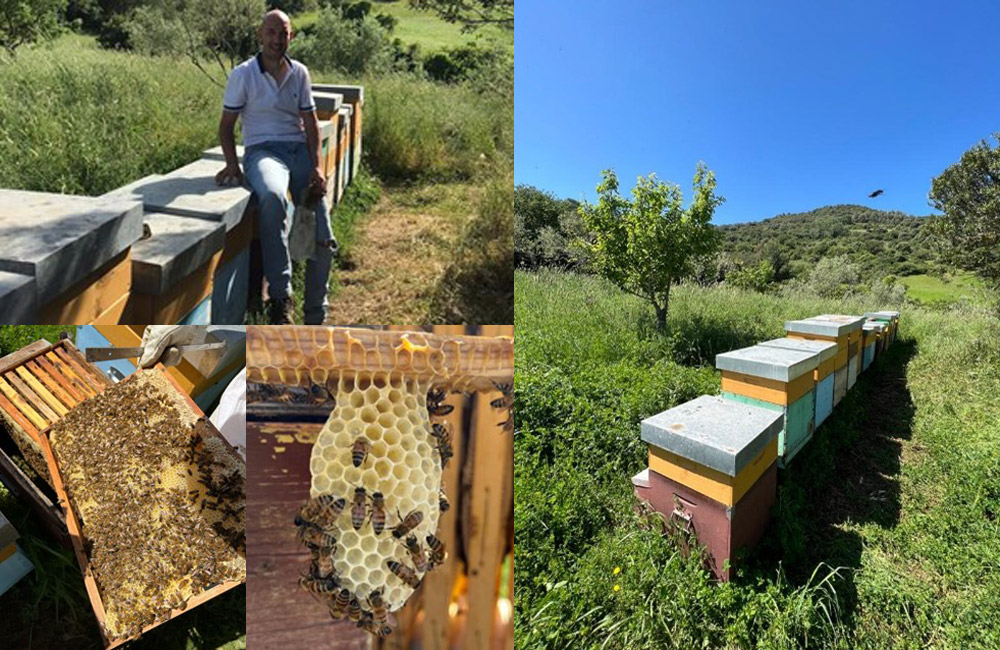
Italy HoneyBee Route 2

